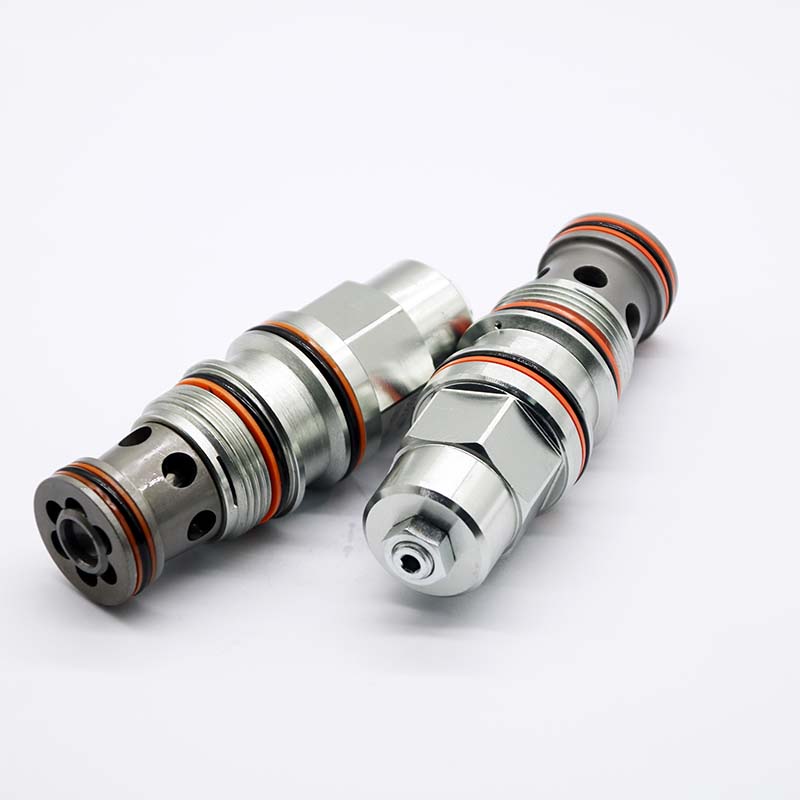Counterbalance Valves: What You Need to Know
Counterbalance valves, also known as load-holding valves, are hydraulic components that are used to control the motion of actuators in mobile and industrial applications. They are designed to provide reliable and precise control of heavy loads in a variety of operating conditions. This article will discuss the features, benefits, and applications of counterbalance valves, as well as some common questions and answers about these products.
Features
Counterbalance valves are typically made of high-strength materials such as steel or aluminum, and they are designed to handle high pressure and flow rates. They feature a flow path that allows fluid to flow freely in one direction, while restricting flow in the opposite direction, creating a load-holding effect. This means that the valve can hold a load in place even when the hydraulic power source is turned off or fails. Some counterbalance valves also include integrated relief and anti-cavitation features to protect against system damage.
Benefits
Counterbalance valves offer several benefits in hydraulic systems, including:
- Improved control of heavy loads: Counterbalance valves provide precise control of the motion of actuators, allowing heavy loads to be held in place without drifting or freefalling.
- Increased safety: Counterbalance valves prevent sudden drops or movements of heavy loads, which can be dangerous to operators and equipment.
- Reduced energy consumption: By maintaining a load in position without the need for continuous hydraulic power input, counterbalance valves can help to reduce energy consumption and improve system efficiency.
Applications
Counterbalance valves are used in a wide range of industrial and mobile applications, including:
- Crane and hoist systems
- Mining equipment
- Agricultural machinery
- Construction and earth-moving equipment
- Material handling and conveyor systems
- Marine and offshore applications
Questions and Answers
Q: What is the difference between a counterbalance valve and a relief valve?
A: A counterbalance valve is designed to hold a load in position, while a relief valve is designed to protect hydraulic components from overpressure conditions.
Q: How do I select the right counterbalance valve for my application?
A: To select the right counterbalance valve, you need to consider several factors, including the weight of the load, the working pressure and flow rate, and the operating conditions (such as temperature and environment).
Q: What is the maximum pressure and flow rate that counterbalance valves can handle?
A: Counterbalance valves can handle pressures up to several thousand psi and flow rates up to several hundred gpm, depending on the specific model and manufacturer.
Saivs brand
- Cavity 08-2 08-3 08-4
- Direct-acting Squence Calves PS10-32
- Four Way Three Position (Spool-type) SV08-47A
- Two Way Two Position Normally Closed SV08-2NCSP-L-M
- Two Way Two Position Normally Closed SV10-20M
- Manual Operated Directional Valves MP-08-L
- Hand Pump HP-08/10/16
- Counterbalance Valves CBIG
- Counterbalance Valves CBGG
- Counterbalance Valves CBEA
Related News
- All You Need to Know About Poclain Ms125 Hydraulic Motor
- A4VG28 Hydraulic Axial Piston Pump - Structure, Performance, And Application
- Calculating Horsepower for Hydraulic Pumps - A Comprehensive Guide
- overview of key parameters and benefits of vickers v10 v20 single vane pumps
- How to choose a hydraulic motor manufacturer in China?
